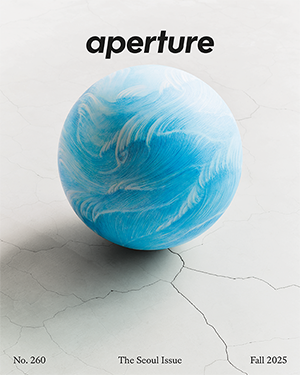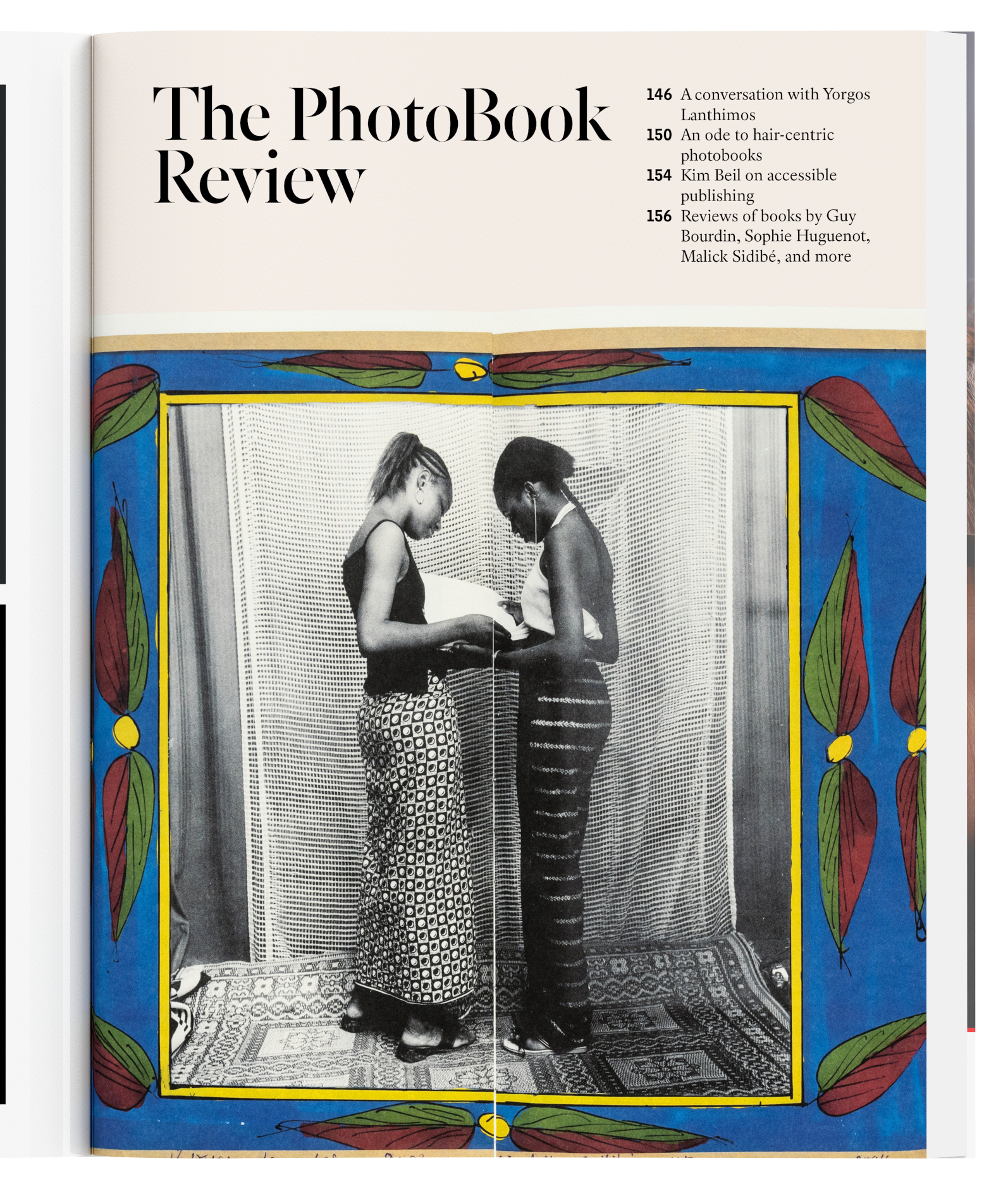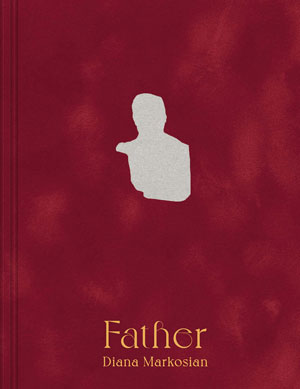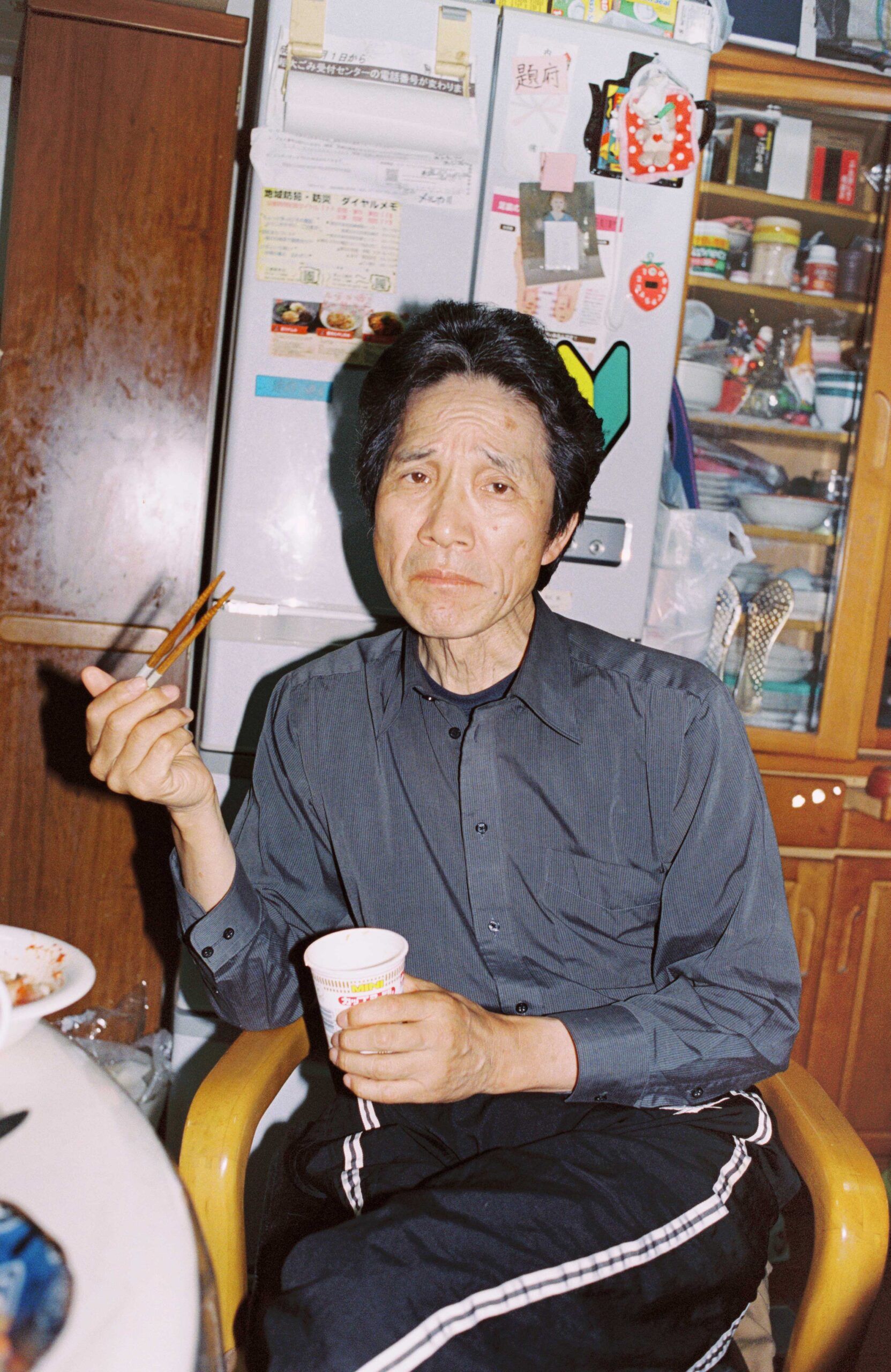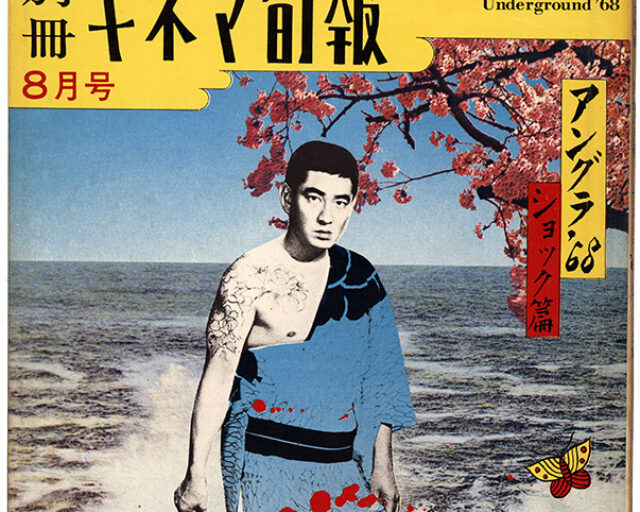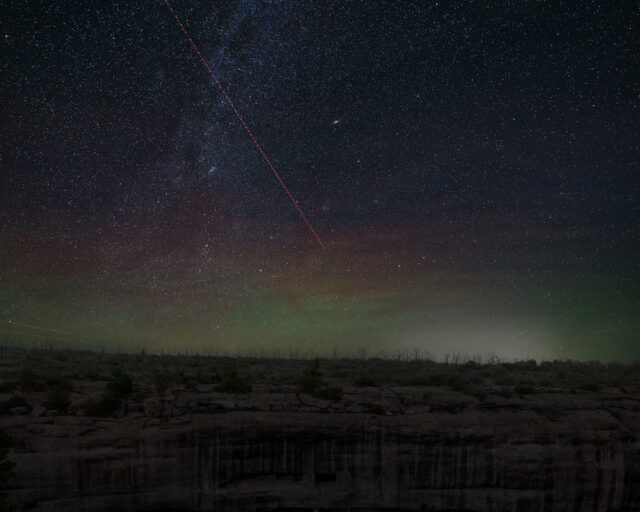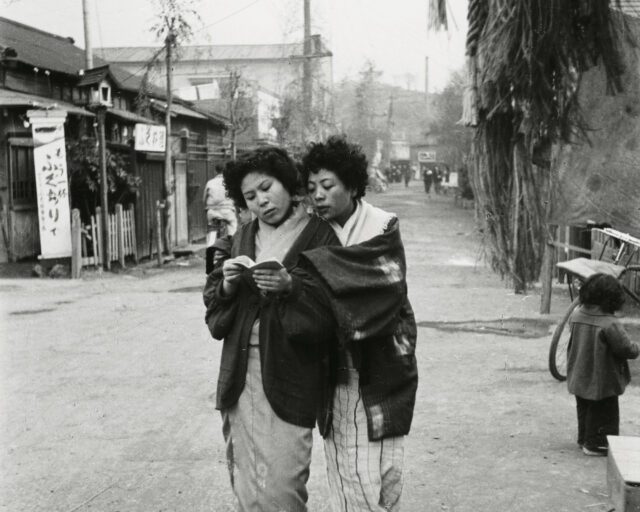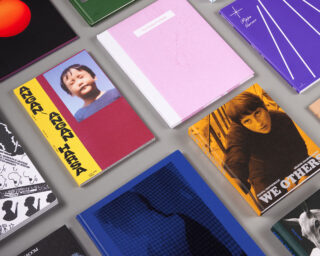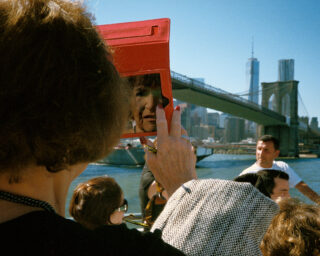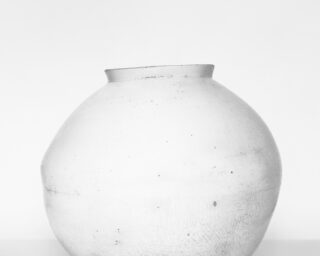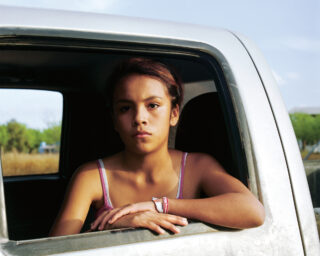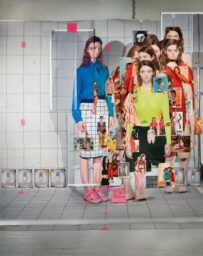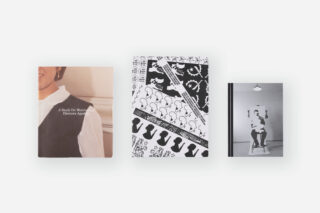Motoyuki Daifu, Untitled, 2010–17, from the series Project Family
In one image from Motoyuki Daifu’s series Project Family (2007–ongoing), the photographer’s mother eats at a table that’s practically overflowing with vessels of all kinds: bowls, bags, coffee mugs, sauce bottles, food containers, a small tub of candy. The table tilts slightly upward, producing the vertiginous feeling that everything might just slide off and into the viewer’s space. The aggressive and nonchalant combination of vibrant colors, a mountain of domestic clutter, and a figure hardly paying any attention to the camera characterize Daifu’s series, which he calls an exploration of “the extraordinary within the ordinary.” His work plays across these two areas of experience, at times gleefully mixing them together.
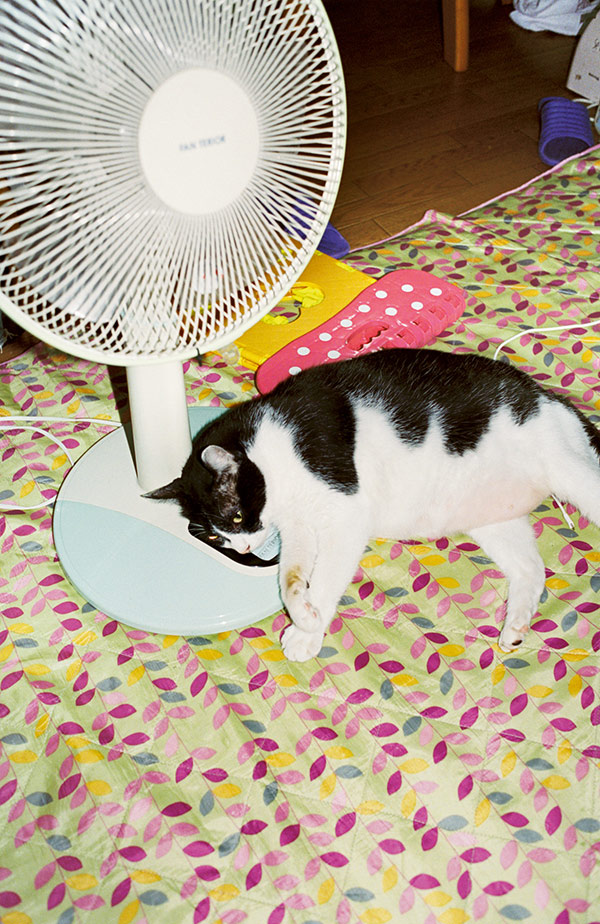
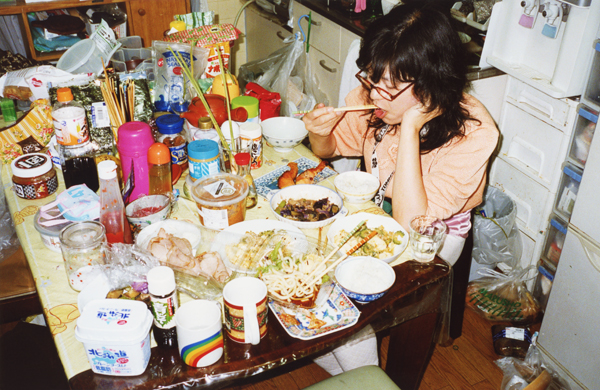
Daifu started working on Project Family while living with his mother, father (a professional photographer), and four siblings in a suburban development in Yokohama, Japan’s second-largest city, located just outside of Tokyo. The project began as part of a photography school assignment, and he notes that other students felt some discomfort with the work, because his house was different from theirs. Daifu knows that his photographs can also be surprising to foreign audiences expecting a “refined and clean” image of life in Japan, but he’s adamant that his family home is hardly unusual. “You can find homes like this all around,” he says. “I don’t think these conditions are anything special.”
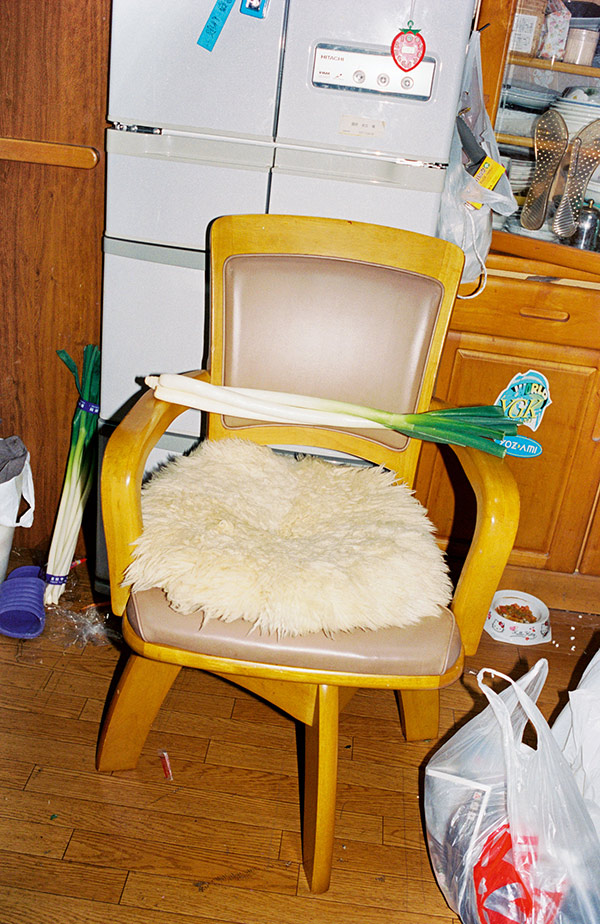
Daifu says that each member of his family appears in his work as a “character,” and the consistent use of flash gives his photographs a theatrical or posed quality, as if he were an outside observer. Daifu’s parents face his camera directly, and their placid expressions hardly differentiate themselves from the various objects that appear in the series. Yet the vast majority of these situations—including the stack of tires that can be found in one image—are not staged.
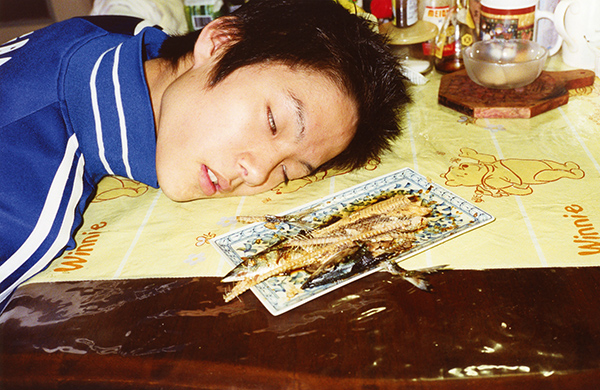
All photographs © the artist
His other works also deal with intimate spaces: Still Life (2012–16) extends the exploration of objects in Project Family, while Lovesody (2008) documents Daifu’s romantic relationship with a young mother. Although Daifu moved out of his family residence five years ago and now lives in Tokyo, he continues to photograph in, and now around, his old home. While he’s tried photographing other suburban developments, he’s inexorably drawn back to the specific landscape of his own Yokohama neighborhood. Reflecting on questions of access, Daifu says that a photographer can get something from almost any place if they really want to, but that “a relationship is a place that no one else can enter.” He adds, “There’s something there that only I can photograph. I think maybe it’s better to take a place I know, and get to know it better.” What kind of approach is this? In Daifu’s case, perhaps it means getting closer to the familiar—while also estranging it at every turn.
Read more from Aperture, issue 233, “Family,” or subscribe to Aperture and never miss an issue.
